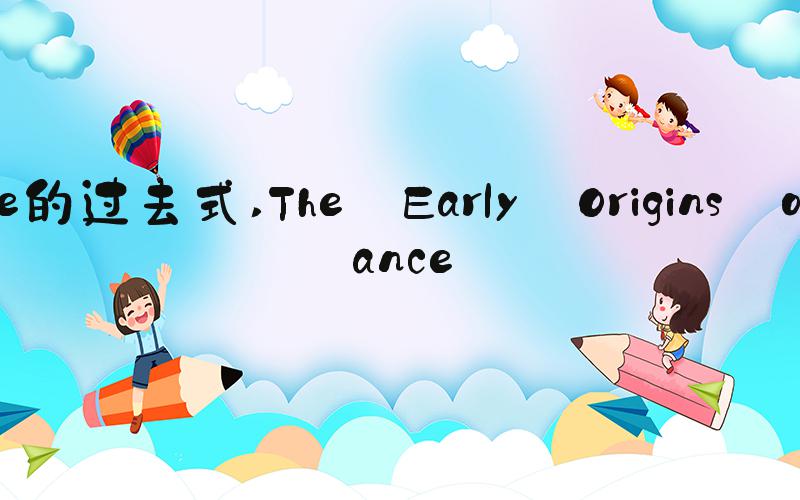

Danced
IntroductionDancing has been a fundamental part of human culture for thousands of years. It is a form of expression that can connect individuals and communities. From the African tribal dance to the Waltz and modern-day hip-hop, dance has evolved into a universal language that transcends borders and barriers. For many people, dancing is a way to release emotions, tell stories, or simply have fun. In this article, we will explore the history of dance and how it has evolved over time.
The Early Origins of DanceWhile the exact origins of dance are unclear, historians believe that people have been dancing since prehistoric times. Ancient civilizations, such as the Egyptians, Greeks, and Romans, used dance as a form of worship, entertainment, and storytelling. Some of the earliest known dances were ceremonial, such as the Native American sun dance or the traditional dances of the ancient Greeks. In these cultures, dance was thought to connect people to the divine, and dancers were often held in high regard.
The Evolution of Dance in EuropeDuring the Middle Ages, dance became a popular form of entertainment in Europe. Social dances like the minuet and quadrille were introduced in the 16th century, and ballet emerged in the 17th century. Ballet was initially performed by men, and was primarily focused on storytelling through movement. In the 19th century, ballet evolved into a more artistic and romantic form, with its focus on female dancers. This era saw the rise of notable ballerinas like Marie Taglioni and Anna Pavlova, and the development of full-length ballet productions like Tchaikovsky’s “Swan Lake” and “The Nutcracker”.
American Dance StylesIn America, dance evolved in its own unique way. African-American slaves brought their rhythms and movements to the United States in the 17th century, which combined with European dances to create new styles like tap and swing. In the early 20th century, African-American jazz influenced the creation of new styles like the Charleston and the Lindy Hop. During the 1950s and 1960s, rock and roll gave birth to popular dances like the twist and the hand jive. Hip-hop emerged in the 1970s in the African-American and Latinx communities, and is now one of the most popular dance forms in the world.
The Role of Dance in Modern TimesIn modern times, dance continues to play an important role in society. Dance competitions, TV shows like “Dancing with the Stars”, and social media have helped to popularise dance and expose people to different dance styles. The rise of techno and electronic dance music has led to the development of new dance styles like rave dancing, and freestyle dance has gained popularity through events like Burning Man. In recent years, contemporary dance has emerged as one of the most experimental and boundary-pushing forms of dance, with performances that challenge traditional notions of movement and storytelling.
ConclusionThroughout history, dance has been a reflection of human society and culture. From early ritualistic dances to contemporary experimental performances, dance has evolved alongside the changing times and become a universal language that connects people from all over the world. Whether you are a seasoned professional or just someone who loves getting on the dance floor for a good time, there is a style of dance out there for everyone.
